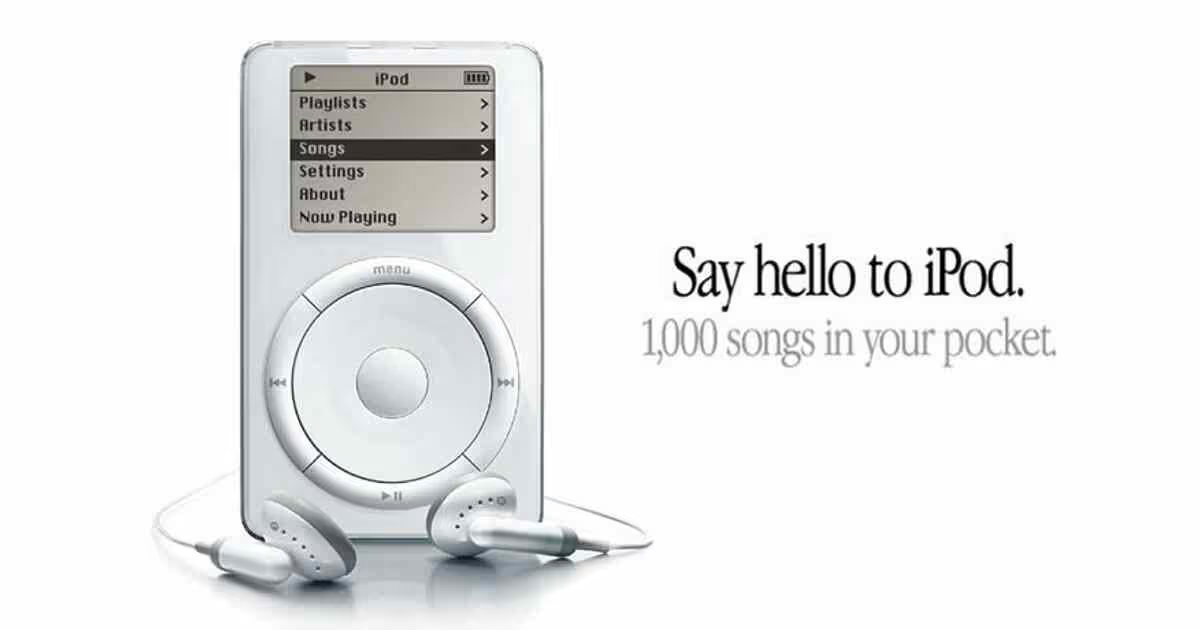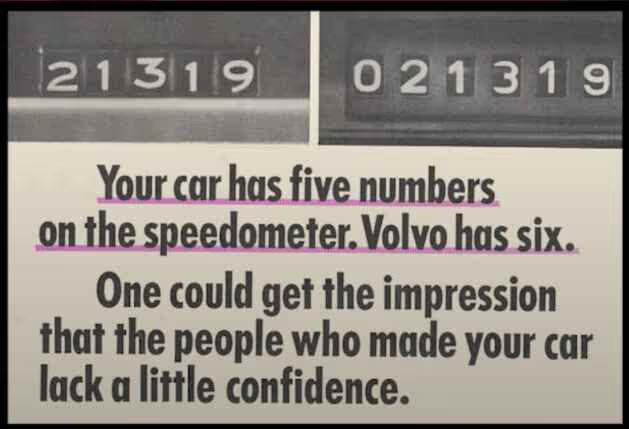
Conversation

🥳 Feedback Received!
Thanks for taking a moment to share your thoughts — it genuinely helps us make each chapter sharper.
What happens next:
- Your feedback goes straight to our product team.
- We’ll use it to refine lessons, clarify examples, and make the program even more useful.
Appreciate you helping make this program better for everyone.
Ready for your next challenge? 👇
Fundamental Rules of Good Copy
Harry Dry is my favorite copywriter.
He obsesses over brevity and clarity.
And leverages visuals to enhance both.
Here are Harry’s three fundamental rules to good copy:
- Can you visualize it?
- Can you falsify it?
- Can nobody else say this?
As Harry says:
“If you have three no’s, you’ve probably written a lot of rubbish. If you have three yes’s, you’re on to something”
Let’s dive into each.
But first, here’s an ad that does all three:

Rule #1: Can you visualize it?
If they can’t visualize it, they won’t remember it.
The more concrete and specific the visual, the better.
For example, most companies write copy like this:
- Worn by everybody
- Get fit again
- 32GB storage capacity
You can’t visualize the first. The second is ambiguous. The third is too technical.
Here are better examples of each:
- Worn by supermodels in London and dads in Ohio
- Couch to 5K
- 1,000 songs in your pocket

Rule #2: Can you falsify it?
Can your words be proven to be true or false?
This weeds out meaningless copy like this:
- Revolutionize an industry
- Quality you can trust
- Next-generation technology
- World-class service
Seriously, pause for a moment and ask what any of the above actually means in concrete terms.
They're actually completely meaningless statements.
To avoid this mistake, point to concrete facts and examples. Don’t just describe.
Let’s illustrate with an example:
You’re setting up a date for your best guy friend. Most people say things like:
- Smart
- Funny
- Good values
- Tall and attractive
Those are all subjective descriptions that tell you nothing about him. Give that description to 10 people, and they'll all picture someone else.
But, instead, if you say:
- Reads every day
- Has made me pee myself laughing
- Volunteers with seniors
- 6’2” and looks like Ryan Gosling
Now they have a real idea of who this person is, what they’d be like to be around, and whether they might be someone they’d be interested in.
Just like Heinz can prove that people put competitors’ ketchups in Heinz bottles:

Rule #3: Can nobody else say it?
Draw a line in the sand and say something unique to you
That makes someone buy your product instead of your competitors.
For example, in an old print ad, Volvo pointed out that their odometers have more numbers than everyone else:

Note: Volvo used “speedometer” because “odometer” was an uncommon word at the time. They define it in the body copy.
Speaking of Volvos, Chevrolet points out that Corvettes are the fuel for countless songs (unlike basically any other car):

Next time you’re writing copy, pass it through this test
- Can you visualize it?
- Can you falsify it?
- Can nobody else say this?
Keep rewriting until you get three yeses.
I highly recommend watching the entire interview with Harry Dry on How I Write.


